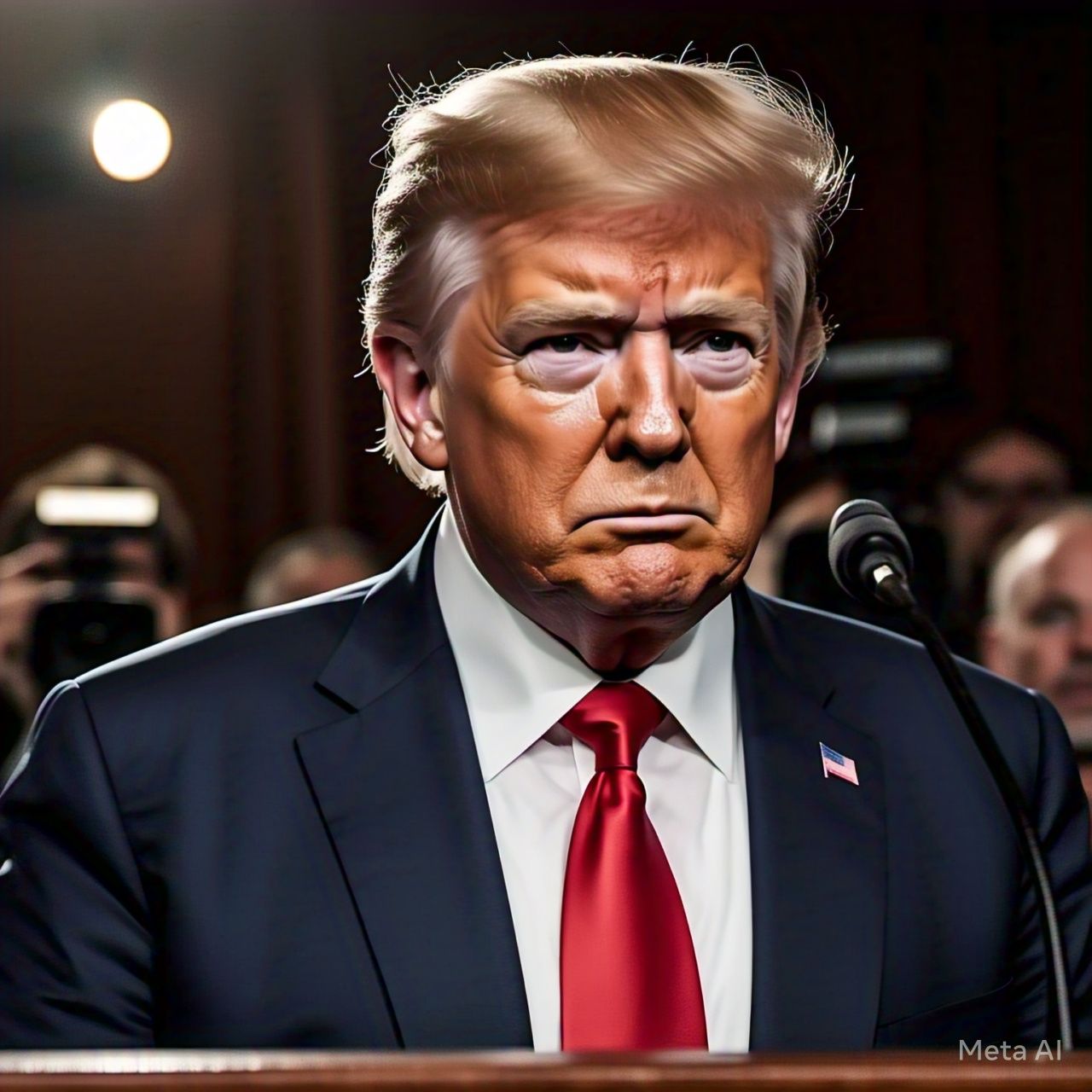In a move that has sent shockwaves through the global economy, U.S. President Donald Trump announced sweeping new tariffs on some of America’s closest trading partners, including Canada, Mexico, and China. The decision, which includes a 25 percent levy on goods from Canada and Mexico, a 10 percent tax on Chinese imports, and a 10 percent tariff on Canadian energy, has been framed by the Trump administration as a necessary step to address concerns about illegal immigration and drug trafficking. However, the move has been met with fierce opposition from the affected countries, with Canada and Mexico vowing to retaliate.
The Tariffs: A Breakdown
President Trump’s tariff announcement targets three of the United States’ largest trading partners:
- Canada and Mexico: A 25 percent tariff on all goods, including a 10 percent levy on Canadian energy products such as oil, natural gas, and electricity.
- China: A 10 percent tariff on a wide range of imported goods.
The tariffs are set to take effect immediately, raising concerns about disruptions to supply chains, increased costs for consumers, and potential job losses in industries reliant on cross-border trade.
Canada Fires Back
Canadian Prime Minister Justin Trudeau wasted no time in responding to the U.S. measures, announcing at a press conference that Canada will impose 25 percent tariffs on $155 billion worth of American goods. The retaliatory tariffs will target a broad range of products, including steel, aluminum, agricultural goods, and consumer products.
“We don’t want to be here, we didn’t ask for this,” Trudeau said, emphasizing that Canada had no choice but to respond to what he called “unfair and unjustified” tariffs. “We will always stand up for Canadian workers and Canadian businesses.”
Trudeau also highlighted the deep economic ties between Canada and the United States, noting that the two countries share the world’s largest bilateral trading relationship. He warned that the tariffs would harm not only Canadians but also Americans, disrupting supply chains and raising costs for consumers on both sides of the border.
Mexico’s Response
Mexico, another key target of the U.S. tariffs, has also vowed to retaliate. Mexican President Andrés Manuel López Obrador condemned the measures as “unacceptable” and announced plans to impose tariffs on a range of American products, including agricultural goods and manufactured items.
“We will not stand idly by while our economy is threatened,” López Obrador said. “Mexico will respond with firmness and determination to protect our national interests.”
China’s Stance
China, which has been locked in a trade war with the United States for several years, also criticized the new tariffs. Chinese officials warned that the measures would further strain relations between the two countries and undermine global economic stability.
“The United States’ unilateral and protectionist actions are detrimental to both countries and the world at large,” said a spokesperson for China’s Ministry of Commerce. “China will take all necessary measures to safeguard its legitimate rights and interests.”
The Rationale Behind the Tariffs
The Trump administration has justified the tariffs as a necessary response to concerns about illegal immigration and drug trafficking. In a statement, the White House said the measures were designed to pressure Canada and Mexico to take stronger action to curb the flow of illegal drugs, particularly fentanyl, into the United States.
“The United States cannot continue to bear the burden of illegal immigration and the devastating impact of drug trafficking,” the statement read. “These tariffs are a necessary step to protect American lives and livelihoods.”
However, critics argue that the tariffs are unlikely to achieve their stated goals and could instead exacerbate existing tensions between the United States and its trading partners.
Economic Fallout
The tariffs have sparked fears of a broader trade war that could undermine economic growth in North America and beyond. Analysts warn that the measures could lead to higher prices for consumers, disruptions to supply chains, and job losses in industries reliant on cross-border trade.
“This is a dangerous escalation that could have far-reaching consequences for the global economy,” said Mark Zandi, chief economist at Moody’s Analytics. “The risk of a full-blown trade war is real, and the stakes are high.”
What’s Next?
As the tariffs take effect, the focus now shifts to how the affected countries will respond and whether the measures will achieve their intended goals. For now, the situation remains fluid, with the potential for further escalation if negotiations fail to yield a resolution.
In the meantime, businesses and consumers on both sides of the border are bracing for the impact of the tariffs, which threaten to disrupt the delicate balance of North American trade. As Prime Minister Trudeau aptly put it, “We don’t want to be here, we didn’t ask for this.” But with the tariffs now a reality, the world is left to grapple with the consequences of this unprecedented trade dispute.



